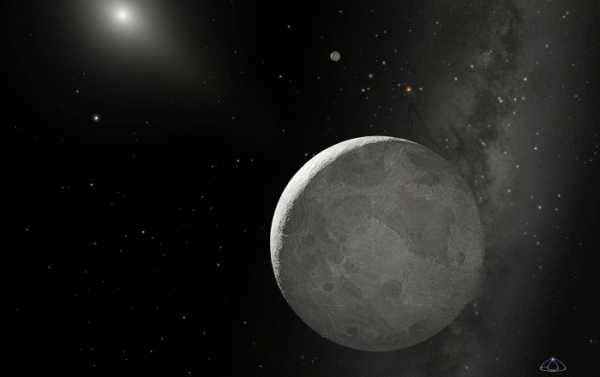
WASHINGTON (Sputnik) – A trickle of data from a New Year’s flyby of a distant object more than 4 billion miles away promises to provide scientists with new clues on how planets, moons and other objects in the solar system formed, NASA scientists told reporters at a press conference on Wednesday.
Although it will take the next 20 months for all the data collected to be received, scientists said the initial information already yielded insights into processes that created the solar system.
“That has brought us back to the very beginning of solar system history to a place where we can observe the most primordial building blocks of the planets,” NASA New Horizons Co-Investigator Jeff Moore said. “What we’re think we’re looking at is the end product of a process which probably took place in only a few hundred thousand or maybe a few million years at the very beginning of the formation of the solar system, where initially you have innumerable small particles or pebbles… that swirl together into little nodes.”
The latest images reveal that Ultima Thule consists of two connected red spheres about 20-miles-long, with one sphere about three times larger than the other.
Moore explained that the spheres could have been joined by gravitational attraction or simply by colliding at speeds of just a few miles an hours without damaging either sphere.
Happy Space Trails: NASA’s Voyager 2 Probe Departs Solar System
NASA’s New Horizons Spacecraft completed its flyby of Ultima Thule in the early hours of New Year’s Day while scientists waited until morning for the first radio transmissions to reach Earth.
Sourse: sputniknews.com






